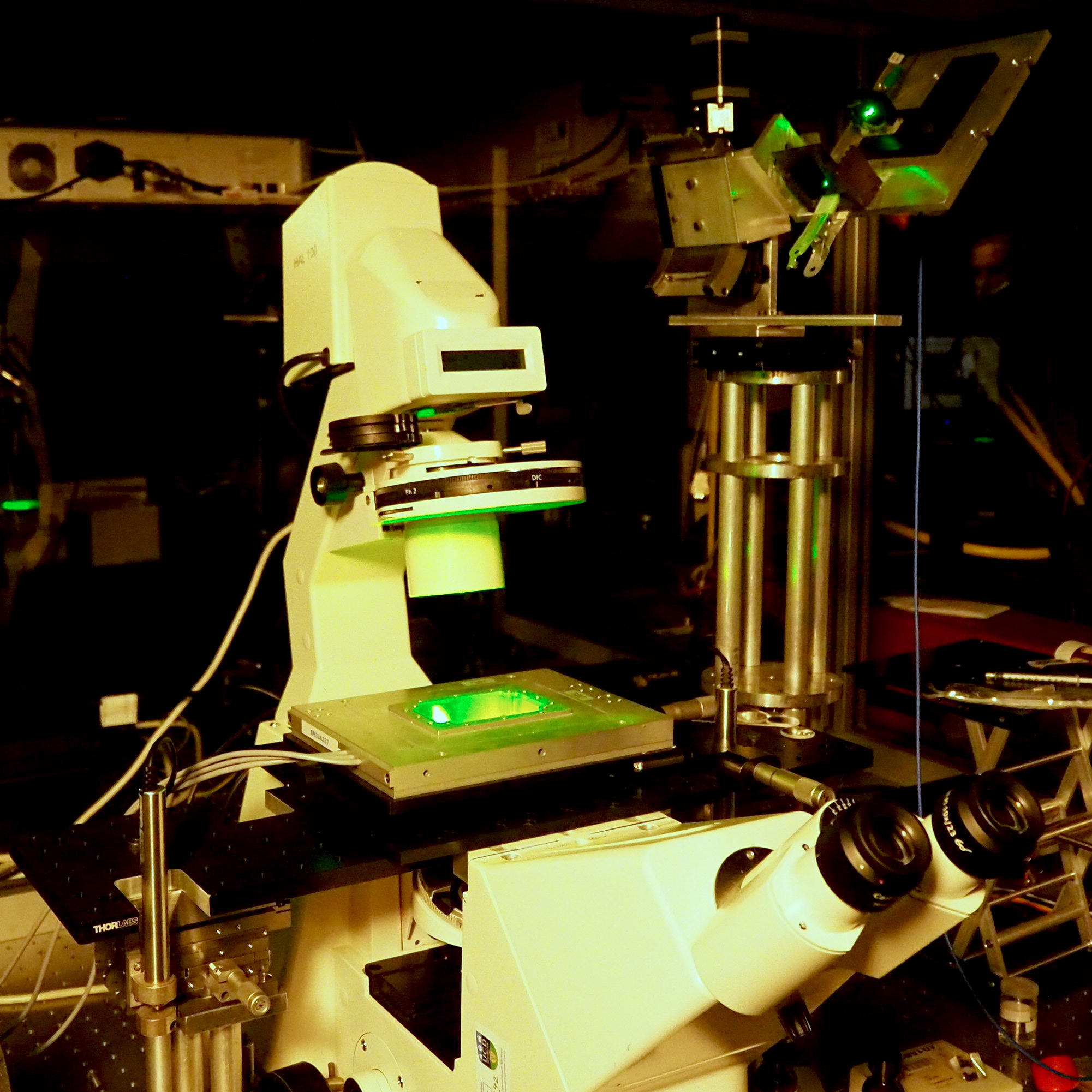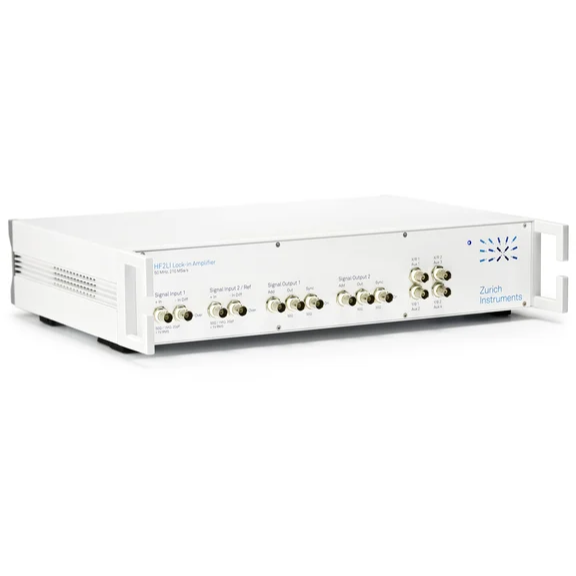PEAR A sub-diffraction-limit diagnostic imaging technique
The ability to unravel mechanisms at the nanoscale with faster-than-video rates is crucial for the progress of life sciences, including biochemistry, cell biology, genetics, proteomics and medicine. A novel, disruptive imaging modality based on addressable plasmonic nanoscale elements will enable fast, deterministic, label-free, and biocompatible in-vitro microscopy at spatial resolutions < 25 nm, resulting in a breakthrough for ultra-high-resolution imaging being key for the life science sector. Currently, the resolution is either limited to 200 nm in optical microscopy or to depletion and deactivation techniques (STED, PALM/STORM). The proposed plasmonic chip provides an optical resolution far beyond the diffraction limit of light, virtually only limited by the spatial resolution of the lithography approach used, which created the plasmonic nanoscale elements. Unlike the methods which received the Nobel prize in 2014, the proposed imaging technique can be read out in parallel (multiplex advantage) and is therefore capable of imaging the sample of interest continuously and at rapid frame rates. This will drastically improve the ability of biomedical researchers to understand sub-cellular and pathogenic pathways in real-time and at spatial resolutions that are almost an order of magnitude beyond current state-of-the-art optical microscopes developing a platform imaging tool that will transform research.



